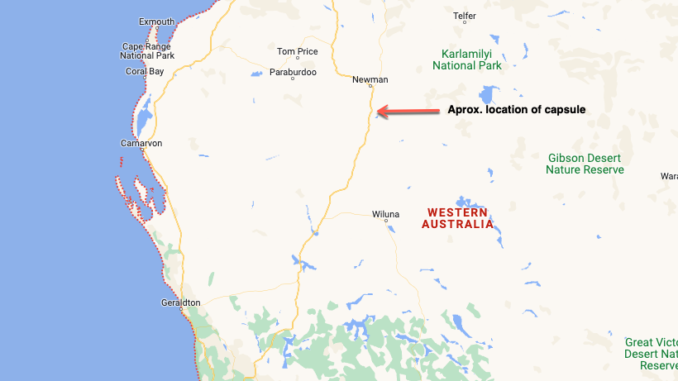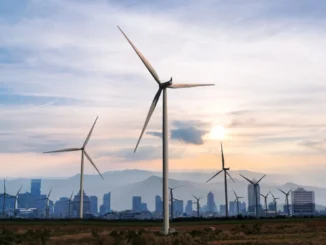
An Australian emergency services search team has found a tiny, but potentially deadly radioactive capsule belonging to Rio Tinto (ASX, LON: RIO) on the side of a highway in Western Australia’s north.
The stainless steel device, just 8 millimetres long and 6 millimetres in diameter, was lost while being transported from the company’s Gudai-Darri iron ore mine in the Pilbara last week.
The capsule was recovered after a nearly week-long search involving around 100 people along a 1,400 kilometres (870 miles) stretch of highway, officials said.
“I do want to emphasize this is an extraordinary result,” WA Department of Fire and Emergency Services (DFES) Minister Stephen Dawson said in a press conference.
“The search groups have quite literally found the needle in the haystack,” he said.
Rio Tinto iron ore chief executive, Simon Trott, who had already apologized for the alarm caused, said the company felt a sense of relief and gratitude towards all those involved in the search.
“This device should never have been lost,” he said. “We will be assessing whether our processes and protocols, including the use of specialist contractors to package and transport radioactive materials, are appropriate.”
It was found thanks to a slow-moving roadside hunt using specialized radiation equipment.
“When you consider the challenge of finding an object smaller than a 10-cent coin along a 1400-kilometre stretch of Great Northern Highway, it is a tremendous result,” noted Fire and Emergency Services commissioner, Darren Klemm.
(With Google Maps)
WA authorities have launched an investigation into how the capsule, which holds a small amount of radioactive Caesium-137, went missing.
They also said it was unlikely the capsule had leaked, but will test the area around where it was found.
Rio Tinto is holding its own investigation into the public health fright and also faces an inquiry by Commonwealth authorities.
Though the company said it was willing to pay for the cost of the search if asked by the state government, the incident is a fresh blow to Rio Tinto’s reputation in Western Australia.
In 2020, the company blew up two 46,000-year-old caves of sacred significance to Indigenous Australians as part of an iron ore mine expansion in the state.



